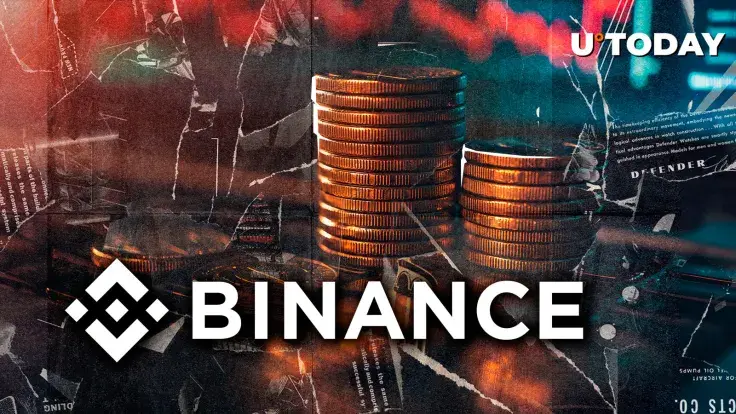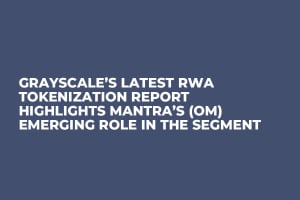
Disclaimer: The opinions expressed by our writers are their own and do not represent the views of U.Today. The financial and market information provided on U.Today is intended for informational purposes only. U.Today is not liable for any financial losses incurred while trading cryptocurrencies. Conduct your own research by contacting financial experts before making any investment decisions. We believe that all content is accurate as of the date of publication, but certain offers mentioned may no longer be available.
One of the most-talked-about events of the weekend in the broader crypto ecosystem was the massive crash of Mantra (OM), a Real-World Asset (RWA) protocol. Taking to its official X page, Binance exchange has explained the real reason behind the project’s failures. This update was necessary as some community members tried to indict Binance for the project's failure.
Binance on what crashed Mantra
As Binance exchange revealed, Mantra crashed because of cross-exchange liquidations. The top trading platform noted that it had implemented a number of risk control measures, including reducing leverage levels regarding the OM token.
The trading platform said it has been issuing warnings since January regarding changes in the Mantra OM token's tokenomics. This flag appears on the project’s spot trading page, designed to give users a direct update on what to expect.
In just about an hour, the price of OM dropped by over 90%, going from $6.31 to a low of $0.7 at press time. The token also recorded a massive liquidation of $74.52 million in the past 24 hours, displacing Ethereum from second place.
As part of its update, Binance said it is still monitoring the situation with Mantra and will take appropriate actions to protect its community.
Warnings never stop
The digital currency ecosystem has many fraudulent entities, which has forced top projects like Binance, Shiba Inu and Ripple Labs to always issue warnings to their communities.
Many are still getting scammed. While the Mantra team was accused of controlling 90% of the OM token supply, sources of scams generally differ per project.
One of the most common avenues to defraud people is using AI deepfakes to mimic a known project or personality. Ripple executives and Charles Hoskinson, Cardano’s founder, are known to raise alarms against these trends.


 Dan Burgin
Dan Burgin Vladislav Sopov
Vladislav Sopov U.Today Editorial Team
U.Today Editorial Team